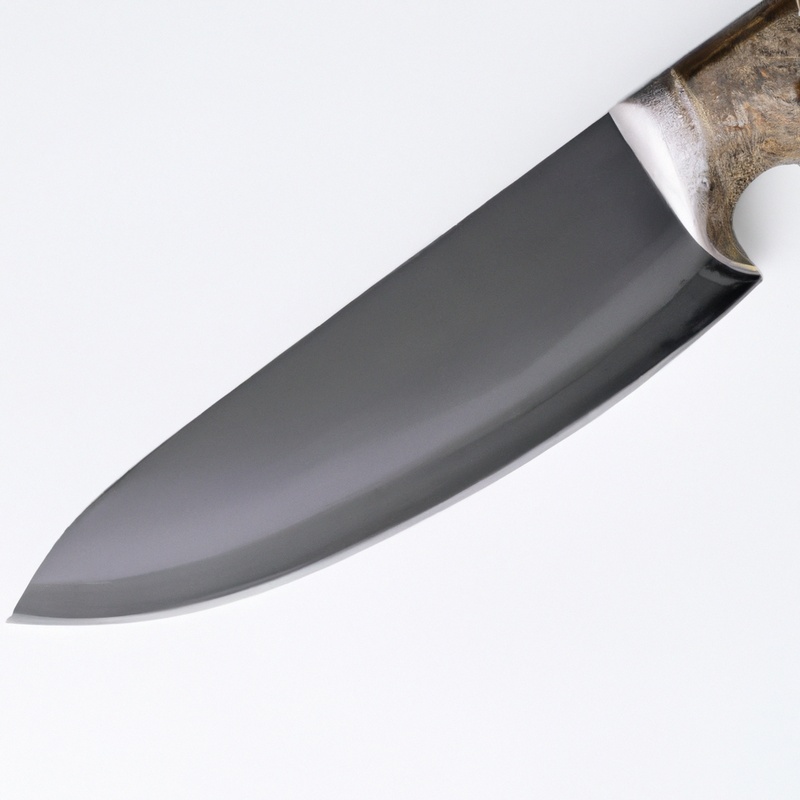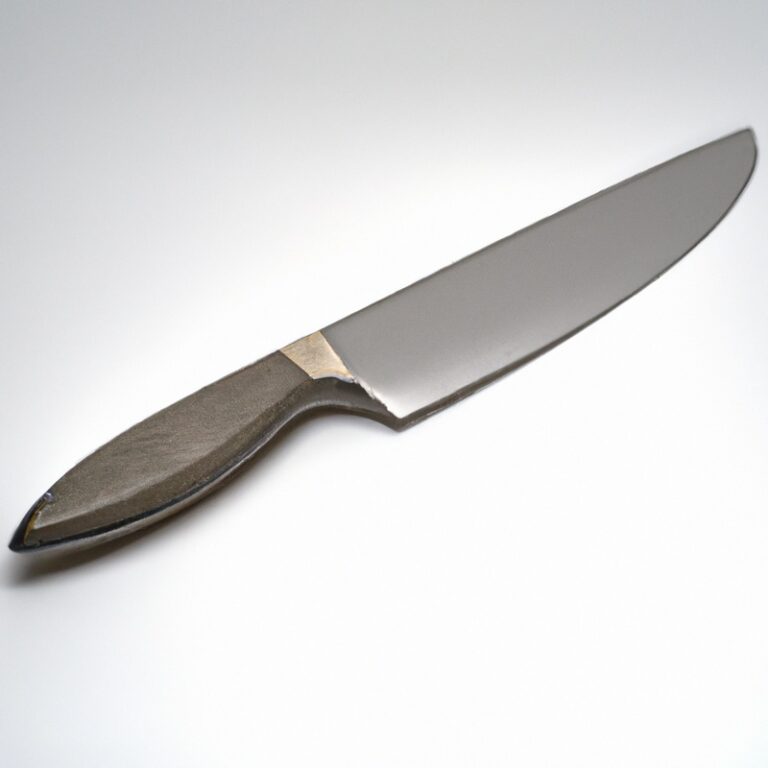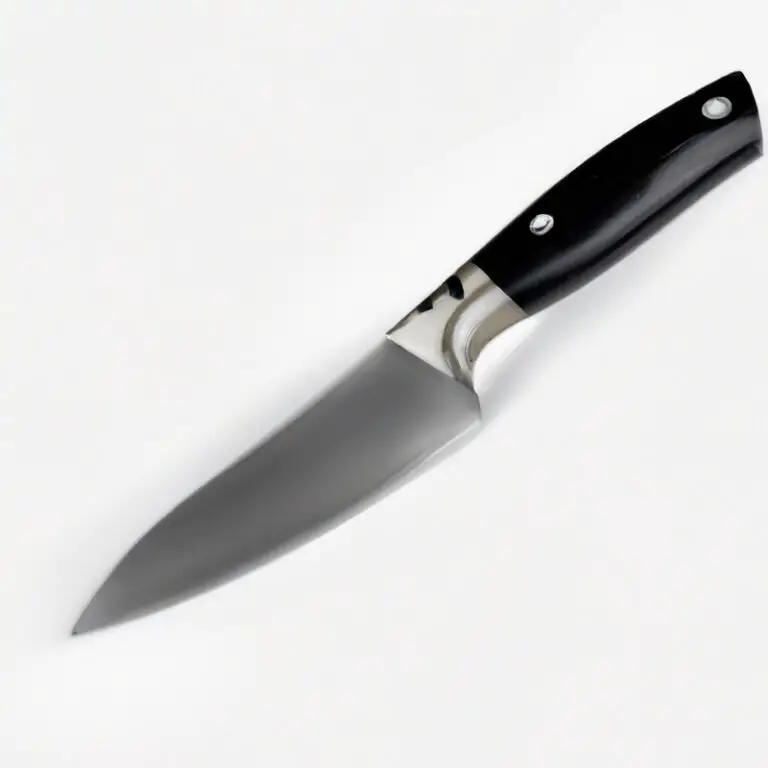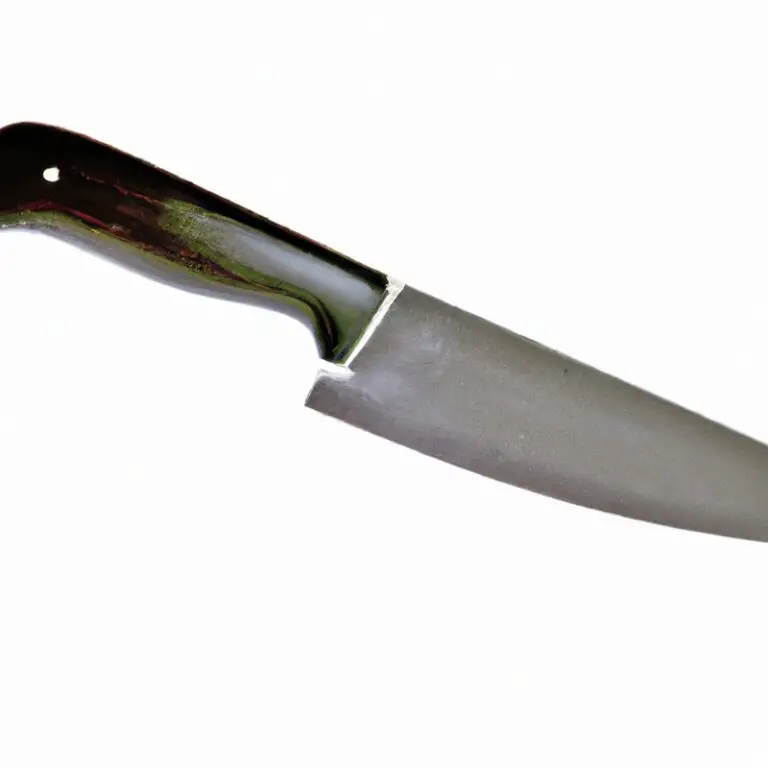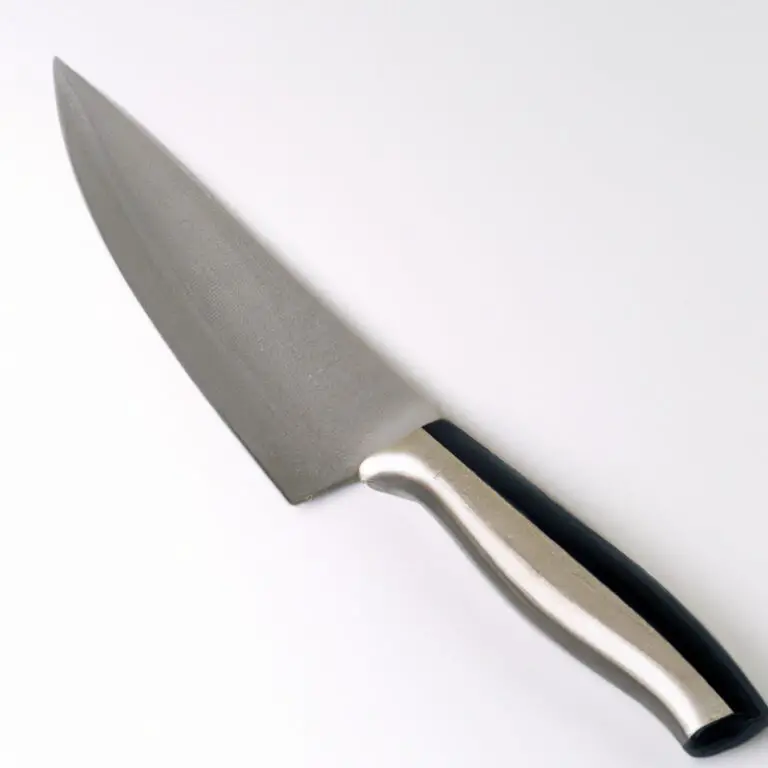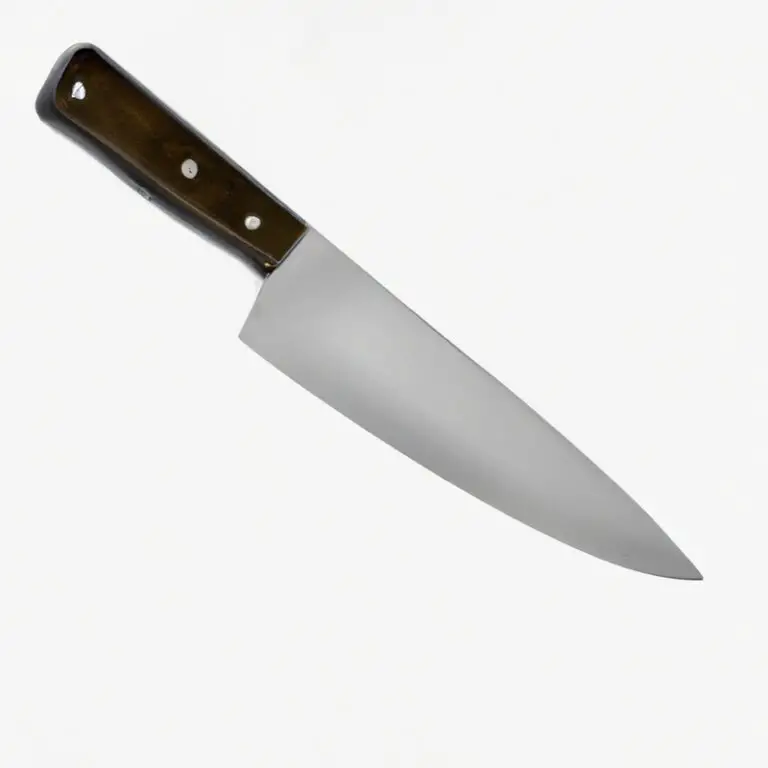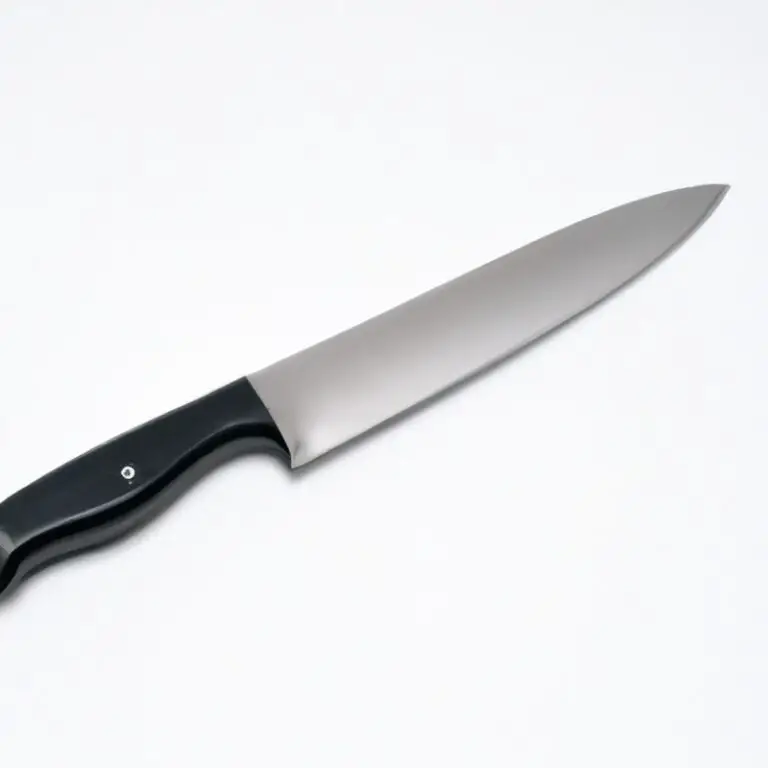How To Fillet a Black Perch Using a Fillet Knife Like a Pro?
Key Takeaways:
- The key to filleting a black perch is using a sharp fillet knife.
- Start by cleaning the fish and making an incision behind the gills to begin the fillet process.
- Use the flexibility of the fillet knife to follow the contour of the fish’s bones for optimal yield.
- With practice and patience, mastering filleting techniques can greatly improve the quality of your seafood dishes.
Do you want to learn how to fillet a Black Perch like a pro? Filleting a fish can be intimidating, but with the right technique and tools, it can be a breeze.
In this article, I will walk you through step-by-step instructions on how to fillet a Black Perch using a fillet knife.
From choosing the right knife to properly cleaning and storing it, I’ve got you covered. Plus, you’ll learn how to use the fish scraps to make a delicious fish stock or other dishes.
So, let’s dive in and get started!
| Step | Description |
|---|---|
| 1 | Place the perch on a flat surface and use a sharp fillet knife to make a cut behind the gills all the way down to the backbone. |
| 2 | Turn the knife and insert it at the cut near the head, then slice along the spine, trying to stay as close to the bones as possible. |
| 3 | Work the knife towards the tail, curving it along the fish’s ribs to remove the fillet. Be careful not to cut through the rib bones, but to keep the blade between the flesh and the bones. |
| 4 | Flip the perch over and repeat the process on the other side to remove the second fillet. |
| 5 | Remove any remaining bones carefully from the fillets and trim any excess skin and fat. |
Choosing the right fillet knife for black perch
When it comes to choosing the right fillet knife for black perch, there are a few factors to consider. The blade should be long enough to encompass the size of the fish, but not so long that it becomes unwieldy.
A blade length of around 6-8 inches is ideal for black perch.
Additionally, the blade should be flexible enough to navigate around the curves and bones of the fish without damaging the flesh but still able to provide ample control for precise cuts. A high-carbon stainless steel blade is also recommended because it holds an edge well and is resistant to corrosion.
Lastly, make sure the handle of the knife is comfortable to grip and provides a secure hold, even when wet.
Wood, rubber, or a synthetic material such as polypropylene are good choices for handle materials. Keeping these factors in mind when choosing your fillet knife will ensure an efficient and satisfying filleting experience.
Preparing the black perch for filleting
To prepare the black perch for filleting, start by cleaning the fish thoroughly and removing its scales. Next, make a shallow cut around the head of the fish, followed by a deep cut directly down the backbone.
Then, use the fillet knife to carefully remove the fillet from the fish by sliding it along the backbone and cutting through the rib bones.
Repeat the process on the other side of the fish. Finally, remove any remaining bones from the fillets and trim the edges for cooking.
It is important to take your time and work carefully to avoid damaging the meat or injuring yourself.
Removing the scales from the black perch
Removing the scales from a black perch is an important step in filleting the fish. The scales can be tough and bumpy, making it difficult to cut through cleanly with a fillet knife, so it’s best to remove them first.
To remove the scales from a black perch, you can use a fish scaler or the back of a knife.
Hold the fish firmly with one hand and scrape the scales from the tail towards the head. Continue until all the scales are removed.
Be sure to rinse the black perch under cold water to remove any loose scales.
Alternatively, you can remove the scales by filleting the black perch first and then scraping them off the skin side of the fillet. Some people prefer this method as it allows for more control and precision.
Overall, removing the scales is an important step in preparing a black perch for filleting.
It can be done easily and quickly with a fish scaler or the back of a knife, and ensures a clean and smooth fillet.
Making the first cut down the backbone
To make the first cut down the backbone when filleting a black perch, place the fish on a flat surface with its head facing away from you. Hold the tail end of the fish firmly with one hand while inserting the tip of the fillet knife into the flesh just behind the gills with the other hand.
Make a shallow cut along the backbone towards the tail, cutting through the rib bones but avoiding the spine.
Once you have made a shallow cut along the entire length of the fish, turn the knife towards the head and make a deeper incision along the backbone, using a sawing motion to cut through the spine, taking care not to cut through the other side of the fish. This cut will loosen the fillet from the backbone.
Next, use the same sawing motion to cut through the rib bones along the length of the fish, separating the fillet from the backbone completely.
Repeat the same process on the other side of the fish to remove the second fillet. It is crucial to keep the knife’s blade angled slightly towards the tail throughout the entire process to avoid cutting through the bones.
It is also essential to stay consistent when cutting so that the fillets come out evenly sized.
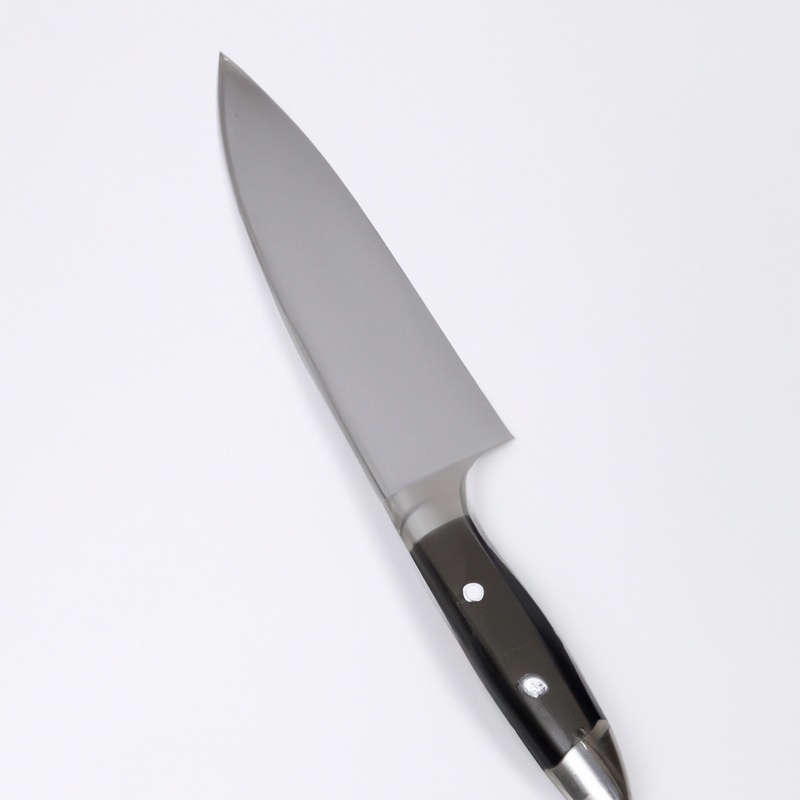
Removing the fillet from the black perch
To remove the fillet from a black perch, start by making a cut behind the gills and towards the head. Then use the fillet knife to cut along the backbone towards the tail, keeping the knife blade flat against the bones.
Once you reach the ribcage, angle the blade slightly to cut through the bones and remove the fillet.
Repeat on the other side of the fish. To ensure you get the maximum amount of meat, use a spoon or your finger to scrape along the ribcage and remove any remaining flesh.
Remember to always work slowly and carefully to avoid any injuries with the sharp fillet knife.
Trimming the fillet for cooking
After removing the fillet from the black perch, the next crucial step is trimming it for cooking. Trimming ensures that the fillet is ready to cook and free from any unwanted parts that can compromise its taste and texture.
The first step is to remove the belly meat by cutting along the fatty layer and then lifting it out.
Next, use a sharp knife to trim off any remaining bones or dark muscle from the fillet. These darker parts can have a strong fishy flavor and should be removed if possible.
You can also cut off any excess fat or skin from the fillet.
This not only improves the appearance of the fillet but also reduces the fishy taste in the cooked dish. When trimming, ensure you are using a sharp fillet knife to prevent any damage to the fillet by tearing or bruising it.
Keep the knife at a shallow angle to remove only the necessary parts and avoid taking off too much of the flesh.
In summary, trimming the fillet for cooking involves removing the belly meat, bones, and any dark muscle or skin from the fillet. Use a sharp knife and maintain a shallow angle to avoid damaging the fillet.
Filleting the other side of the black perch
Once you have filleted one side of the black perch, it’s time to tackle the other side. Repeat the process by making a cut along the spine, angling the knife towards the head of the fish.
Use a gentle sawing motion to glide the knife down the ribcage to separate the fillet from the bones.
Remember to keep the blade close to the bones to avoid wasting any meat. Once you have removed the fillet, trim it up as desired.
Continue the process with the remaining black perch.
Once you are done, clean your fillet knife thoroughly and store it properly to ensure its longevity.
Properly cleaning and storing the fillet knife
After filleting a black perch using a fillet knife, it is essential to clean and store the knife properly to ensure its longevity and prevent any accidents during future use. First, clean the blade thoroughly with soap and warm water, ensuring that all fish debris and dirt are removed.
Then, dry the knife with a clean towel and store it in a knife sheath or cover to protect the blade from damage.
Avoid storing the blade where it may come into contact with other utensils or surfaces to prevent scratches or dents. Additionally, sharpen the blade regularly to maintain its functionality and store it in a cool, dry place away from moisture to prevent corrosion.
Proper cleaning and storage of your fillet knife will ensure that it lasts for years to come.
Tips for safely filleting the black perch
When filleting a black perch, safety should be a top priority. Here are some tips to keep in mind:
- Use a sharp fillet knife and keep it clean to prevent slips and accidents.
- Always cut away from your fingers and body. Hold the fish securely with a non-slip surface.
- Take care when removing the fillet from the backbone to avoid any cuts or fish bones.
- Discard fish scraps and any bones immediately to prevent any contamination or harm to yourself, others, or pets.
- Keep a first aid kit nearby in case of any accidents.
By following these tips, you can fillet your black perch safely and enjoy a delicious fillet for your next meal.
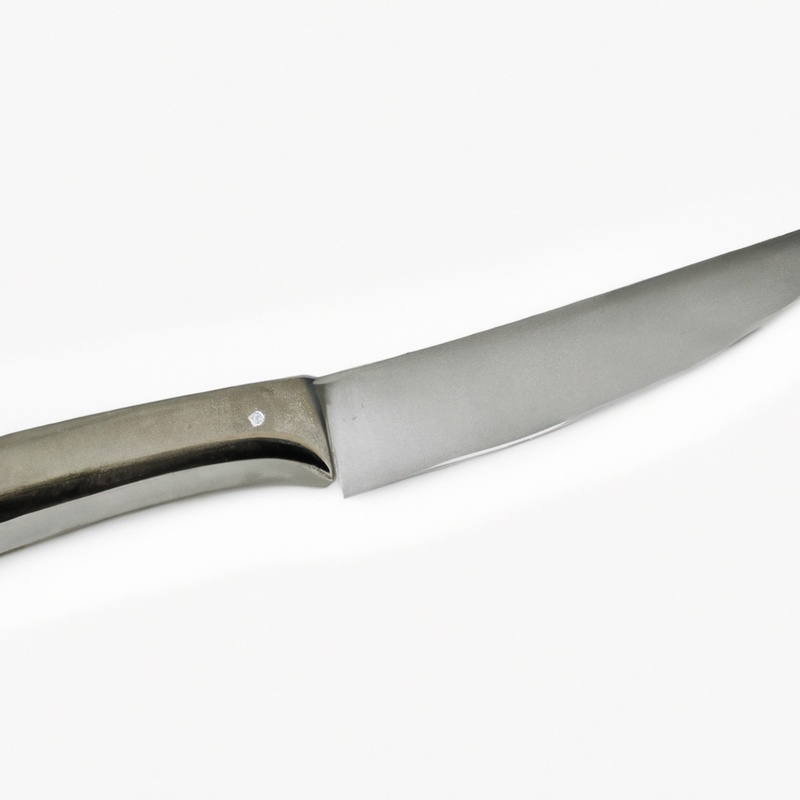
Using the fillet scraps for fish stock or other dishes
Don’t throw away your fillet scraps! Surprisingly, they can be used to create delicious fish stock or in other dishes. The scraps are typically the “ugly” or less desirable pieces, such as the bones, skin, and head.
Place the scraps in a pot with water, vegetables, and herbs, and simmer for a few hours.
The result is a flavorful base for soups, stews, and sauces. Alternatively, use the scraps to create fish fritters or patties.
Just be sure to remove any small bones first.
Don’t waste those scraps – get creative with your cooking!
Final Verdict
Filleting a black perch requires patience, practice, and a sharp fillet knife. With the proper techniques, you can create beautiful fillets perfect for cooking your favorite recipes.
Remember to always prioritize safety by using a firm grip and a stable surface.
Additionally, cleaning and storing your fillet knife properly will ensure its longevity and effectiveness. Don’t forget that the scraps of your fillet can be used to make fish stock or added to other dishes for additional flavor.
By following these steps and tips, you’ll be on your way to becoming a skilled fisherman and chef.
Trust in your abilities and let your love for the craft guide you in all your future filleting adventures.

